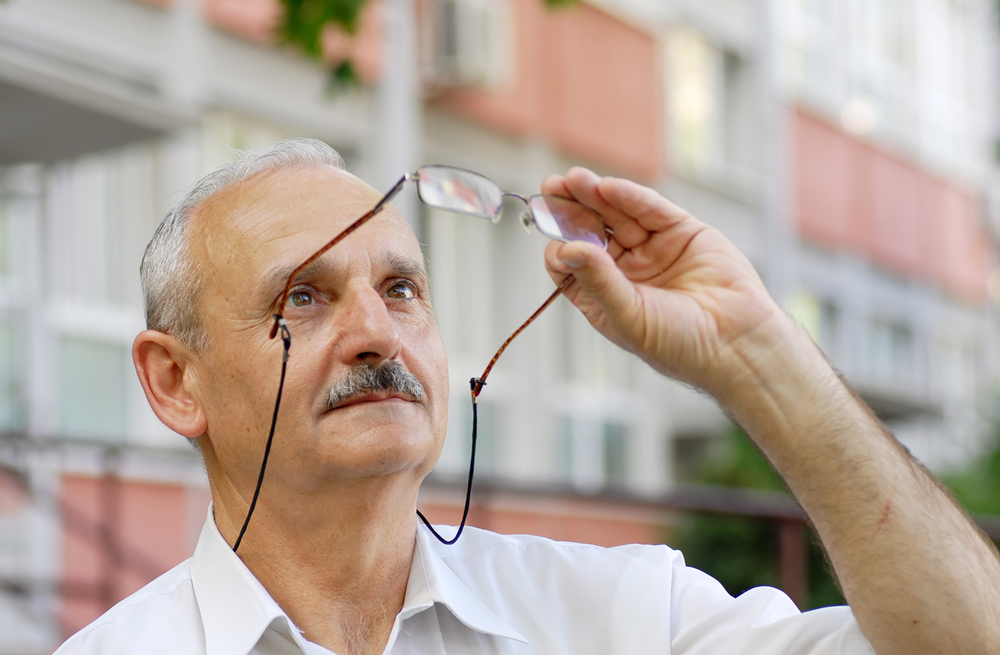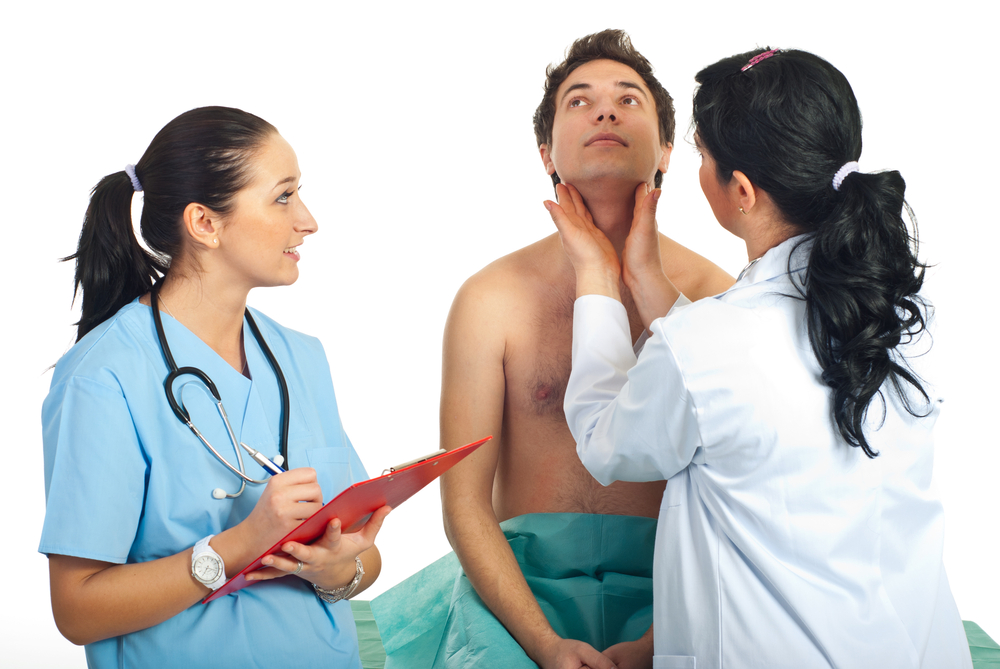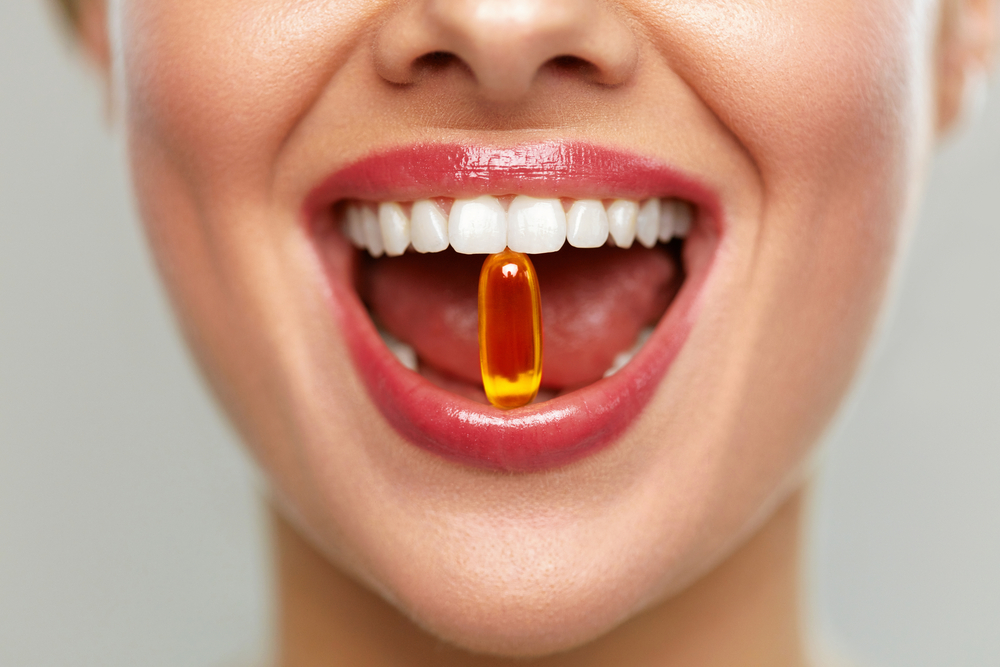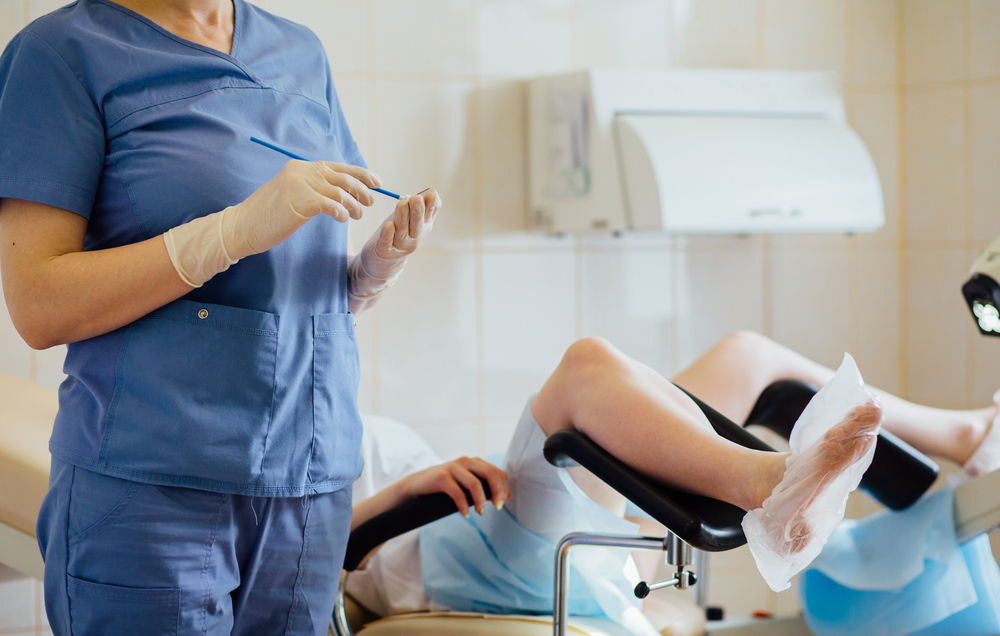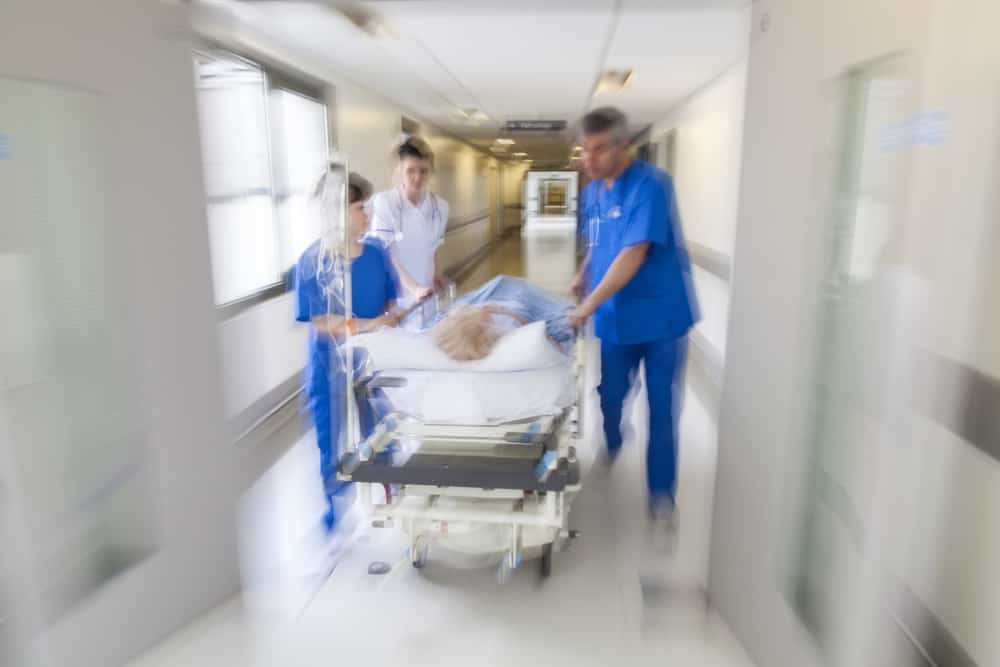Contents:
- Medical Video: Treating Glaucoma with a Laser Procedure
- Various glaucoma treatment options at the doctor
- 1. Eye drops
- 2. Drinking medicine
- 3. Laser
- 4. Operations
Medical Video: Treating Glaucoma with a Laser Procedure
Glaucoma is a visual impairment in elderly people caused by damage to the eye nerve due to high pressure in the eyeball. It is important for you to get treatment as soon as possible to prevent vision problems from getting worse. Because the blindness due to glaucoma is permanent. Check out the most common glaucoma treatment options in doctors.
Various glaucoma treatment options at the doctor
There are four choices of glaucoma treatment methods commonly used by doctors to avoid the risk of blindness. Here's the description:
1. Eye drops
Eye drops to treat glaucoma are certainly not generic drops that you can get freely in stalls or pharmacies. Drops for glaucoma must be obtained by redeeming the prescription, because the type and dose will be determined by the doctor based on the severity of your condition.
The eye drops for glaucoma most commonly prescribed by doctors are:
- Prostaglandin analog group. Examples are latanaprost, travoprost, tafluprost, and bimatoprost. How to use it is once a day at night. The efficacy of this drug can only be felt within 4 weeks after starting glaucoma treatment. One of the most common side effects is the color of the iris (dark circles of the eye) turns darker.
- B-adrenergic antagonist group.Examples are timolol and betaxolol. This group of eye drops is usually used in the morning. Betaxolol will be your doctor's choice if you have lung problems.
- Carbonic anhydrase inhibitor group.Examples are dorzolamide and brinzolamide. This class of drugs is used three times a day and can continue to be used as long-term therapy. The most common side effect is a bitter taste in the mouth that arises after the drug is dropped.
- Parasympathomimetic group. An example of pilocarpine. This drug is commonly used in addition to cases of long-term high eye pressure that have undergone a laser procedure but the desired pressure target has not been reached.
These drugs can be used separately, or as a combination.
2. Drinking medicine
There are two choices of drinking drugs to treat glaucoma, namely:
- Carbonic anhydrase inhibitor group. For example acetazolamide. This drug is generally only used for brief treatment of acute glaucoma attacks. But in some cases, this drug can be given for a long time in patients who cannot undergo surgery but eye drops are no longer effective.
- Hyperosmotic group.For example glyceros. This drug works by pulling fluid from the eyeball into the blood vessels. Giving is only done in acute cases and in a short period of time (hours).
However, the risk of side effects of drinking drugs is higher than eye drops, so drinking drugs are not recommended as a treatment for glaucoma.
3. Laser
There are two types of lasers that can be done to help drain excess fluid from the eyeball, namely:
- Trabeculoplasty. This action is usually done for people who have open-angle glaucoma. The laser helps to make the drainage corner work more optimally.
- Iridotomy. This action is performed for cases of closed angle glaucoma. Your iris will be perforated using a laser beam so that extra fluid can flow better.
However, the results are not as effective as surgery.
4. Operations
Glaucoma surgery is generally done in cases that can no longer improve with medication. Surgery usually lasts 45 to 75 minutes.
Common surgical procedures for treating glaucoma, including:
- Trabeculectomy, performed by making a small incision in the white part of the eye and also making a bag in the conjunctival area (bleb). Thus, excess fluid can flow through the incision to the bleb pocket and then absorbed by the body.
- Glaucoma drainage device. This action is in the form of installing a pipe-like implant to help drain extra fluid in the eyeball.
Discuss more with your doctor to find out what glaucoma treatment methods are most suitable for you.

